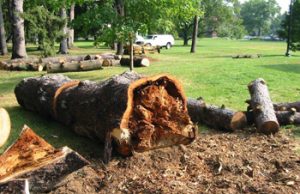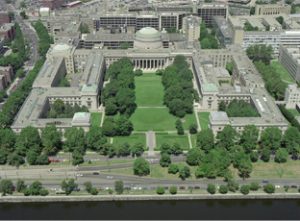SavATree Consulting Group: In the Field


Vassar College
Comprehensive Risk Management
The Background: During a severe weather event on the campus of Vassar College a single, large pine that had been inspected the year before twisted and broke at the base as a result of high winds. The tree fell onto the roof of a nearby historic building causing considerable damage. This event spurred Vassar to be more aggressive with their tree assessment program. Working with a consultant they developed an RFP for tree assessment on their 500 acre campus and invited a number of tree care companies to submit proposals for assessing their trees. They received a wide range of costs but SavATree was the only company willing to offer a proposal to their specifications.
 While it appeared healthy from the outside, this tree, like many others was actually in advanced stages of decay inside, making it extremely dangerous. |
Testing & Analysis: Working closely with Vassar personnel, the SavATree Consulting Group utilized top of the line equipment to collect 49 pieces of data on 1,651 trees with accuracy and efficiency. The Consulting Group then delineated 10 zones, ranking trees in these zones according to condition. After determining that 5% of Vassar’s trees were at risk, the Consulting Group developed a plan to address a zone or two each season with the caveat that highly hazardous trees would take priority even if in a zone not being addressed at the time.
Results: By managing risk as a whole, the Consulting Group was able to develop tree management strategies that reduced the average per unit cost for tree pruning, cabling, bracing and removal by 66%. Overall, the work done for Vassar has achieved great success in managing both the safety and aesthetics of Vassar’s campus trees.
Massachusetts Institute of Technology (MIT)
| In the summer of 2012, the SavATree Consulting Group performed an inventory of 2256 trees on the MIT campus in Cambridge, MA. The Consulting Group collected data on tree species, height, diameter, condition, and provided maintenance recommendations. In addition, an RFID tag was installed on each tree in order to allow instant querying of the database by MIT Facilities staff. |  |





